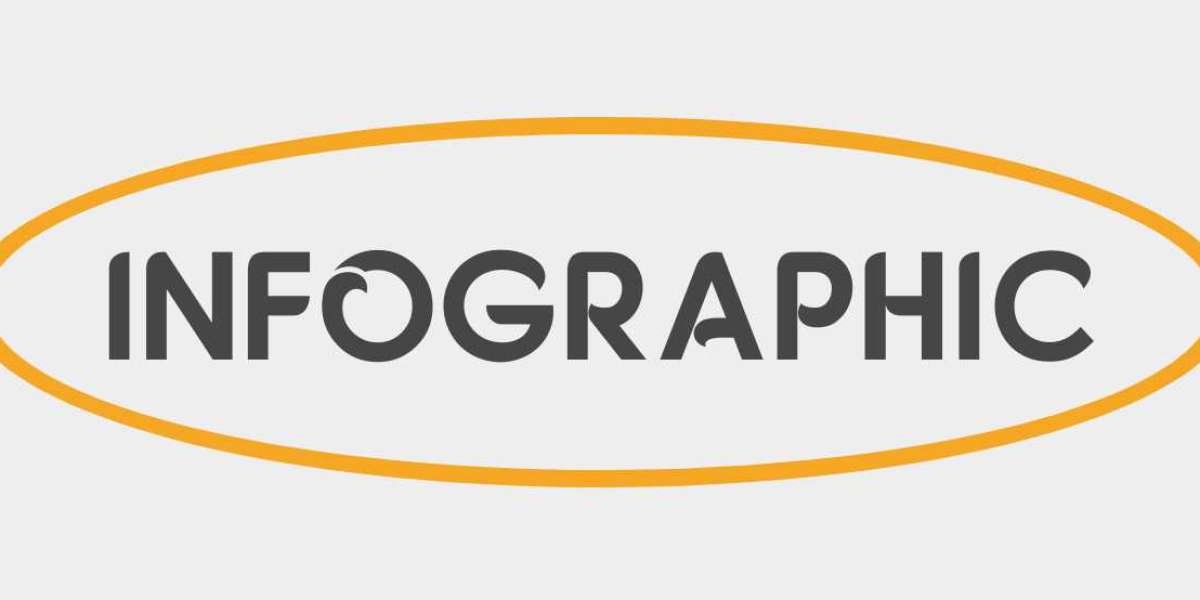What’s your approach to sales training? Do you have a process that defines which sales performance competency to train to and what impact it will have on selected performance silos if the training objective is successfully met? Or do you rely on ‘field feedback’ not associated with actual performance numbers and related ROI to decide where to put your training dollars?
Here’s a simple blueprint to gain more revenue in less time while maintaining fiscal accountability to the ‘Top-floor’.
At JDH Group, our go-to-market strategy is to understand a sales organization’s revenue goals and define what key results are needed in performance improvement. To illustrate it, we produce diagnostic performance solution ‘Blueprints’ for sales organizations that utilize the ‘T’ method; both vertical and horizontal.
Horizontally, we look at each KPI and help companies understand how to identify, train to, improve and measure competencies in each of the critical performance indicators.
The ‘T’ method of training evaluation is a process that utilizes both a horizontal approach to key sales performance indicators (KPI) and a vertical examination to calculate the impact, or ‘Return on Training Investment’ (ROTI). Aligning the two will not only give you the path of least resistance to your overall revenue objective but will point to performance silos that will produce more revenue and/or recover unnecessary costs from sub-par sales performance.
Horizontal Examination
Here’s an example of sales organization KPI’s that sells business solutions to small and medium size companies:
• 1st Appointment to Proposal ratio (60%)
• Closing ratio (40%)
• Average Revenue per Sale ($3500)
• Sales cycle (38 Days)
• Revenue goal ($25,000)
• Average New appointments generated per rep (5)
This model represents a sales team that statistically has an opportunity to reach 67% of their revenue goal. So let’s take a closer look at which KPI performance training could achieve the required result the quickest.
One way would be to focus on front-end activity. Improving the average appointment generation to 7 new appointments would achieve the revenue goal, all other factors remaining the same.
Option 1: Establish a Prospecting Methodology; a single, documented and agreed upon prospecting method across all sales regions. The training objective should be to spend less time to gain more ‘Targeted’ business appointments to initiate your current sales process.
Another choice might be to evaluate your current sales methodology to understand if there is any room for improvement in your current closing ratio of 40%. As an example, improving this KPI to 60% would secure the monthly revenue target with no other KPI changes. Or splitting the difference; improving the 1st appointment to proposal ratio by 10% and the closing ratio by 10% would achieve the same result while maintaining the necessary new appointments at (5).
Option 2: Initially, choose a ‘Top-down’ approach versus a bottom up; target and initiate your sales process with a fiscal level of authority. Develop a diagnostic sales process that points to the prospect company’s business objectives parallel to you product/service solution. Speak in terms of Return on Investment, Soft and Hard Dollar recovery and Investment Payback Period. Sell the diagnostic parts to your process in line with the prospect’s annual business objectives; don’t rely on ‘Features benefits’. Then customize your proposal as a hypothetical case study with measurable results.
Vertical Sales Performance ‘Impact Silo’ Examination
Whether you are initiating sales performance training internally or outsourcing a niche training organization, most folks sitting on the ‘Top-floor’ now require accountability in line with budget expenditures.
Another way to say it is the CFO knows he’s wasting half the sales training budget, he just doesn’t know which half.
Approaching sales training expenditures with a Vertical ‘Silo’ inspection will help score points to the fiscal authorities within your own organization.
Let’s take a look at this same sales organization’s vertical performance silos:
• Average New-hire Ramp-to-Quota (5 months) (35 hires per year)
• Sales employee Turnover due to low appointment activity (30)
• Percent of sales reps at or above Quota (70%)
First, calculate your ‘sub-par’ average revenue. This number reflects the average monthly revenue a new-hire achieves before they achieve quota attainment.
As an example, if your current Average Ramp-to-Quota is 5 months, take the average total Revenue sold in the first 4 months of a new hires routine and divide it by 4. That will give you the average 'Sub-Quota' Revenue per Month during Ramp.
In this example, we will use $8,000 as the average ‘sub-par’ revenue.
One of the overall training objectives could be to improve the New-hire Ramp-to-Quota. So you consider the training result and impact as it relates to revenue recovery by selecting a ramp-to-quota goal that’s more efficient than the ‘status quo’ of 5 months. In this case a 1 month ramp-to-quota reduction would recover $595,000 in additional new sales. That equates to $17,000 per new-hire. And if you have determined that the performance training Cost-per-head is $2500, there’s your internal training ROI; 680%.
And we’re not done yet.
You have defined that 30 sales reps per year go out the door directly related to low activity, not setting enough new business appointments to justify the required revenue result.
Let’s take a closer look at it pertains to related costs and potential recovery. Here are your expense breakdowns relating to a new-hire sales rep:
• Average Salary: $28,000
• Recruiting Costs: $1,200
• Training Costs per Rep: $2500
• Monthly Sales Quota: $25,000
If the focused KPI training initiative reduces your sales rep turnover by 50% (15 reps), that recovers $1,953,500 in measurable dollars, something everyone can actually put their finger on.
That’s over $130,000 of real return for every rep that learns how to effectively set new business appointments.
Considering this cause and circumstance versus the realistic training benefit as a ROI factor, you choose Option 1 to establish a Prospecting Methodology across all sales regions. And in this case, that also justifies the training investment to the “Top-floor’.
In the 3rd Vertical Sales Performance ‘Impact Silo’ we determined that an average of 70% of the sales reps are achieving quota per month. And the average month ‘sub-quota’ revenue achieved for the 30% of reps not reaching quota is found to be $16,000.
We also determined the average new appointments generated per week is (5), but
by improving the 1st appointment to proposal ratio by 10% and the closing ratio by 10% we would achieve Quota consistently.
Next, let’s determine our Return on Training Investment if we meet our training objective of improving the 70% team Quota ‘water-mark’ up to 90%.
• 1st Appointment to Proposal ratio (Improve to 70%)
• Closing ratio (Improve to 50%)
• Average Revenue per Sale ($3500)
• Sales cycle (38 Days)
• Average New appointments generated (5)
• 100 sales reps
Implementing a focused performance improvement system to advance our middle KPI’s in supporting an additional 20 sales reps per month to achieve Quota would increase our monthly revenue results by $180,000.
That’s an annual return of $2,160,000 or a training ROI of 864% based on a $2500 cost-per-head training investment. And with a 38-day sales cycle, the training investment ‘break-even’ point would be approximately 80 days.
Because of this cause and circumstance versus the realistic training benefit as a ROI factor, you choose Option 2 to establish a ‘Business acumen’ sales methodology, develop supporting diagnostic tools to establish financial business metrics parallel to your prospect’s initiatives and your product/service solution.
Adopting this ‘T’ method to sales performance training will allow you to determine the shortest path to your revenue goals, determine and implement ‘Best Practice’ sales performance training and justify the training investment to the “Top-floor’.
Because at the end of the day… it’s all about Return on Investment.








